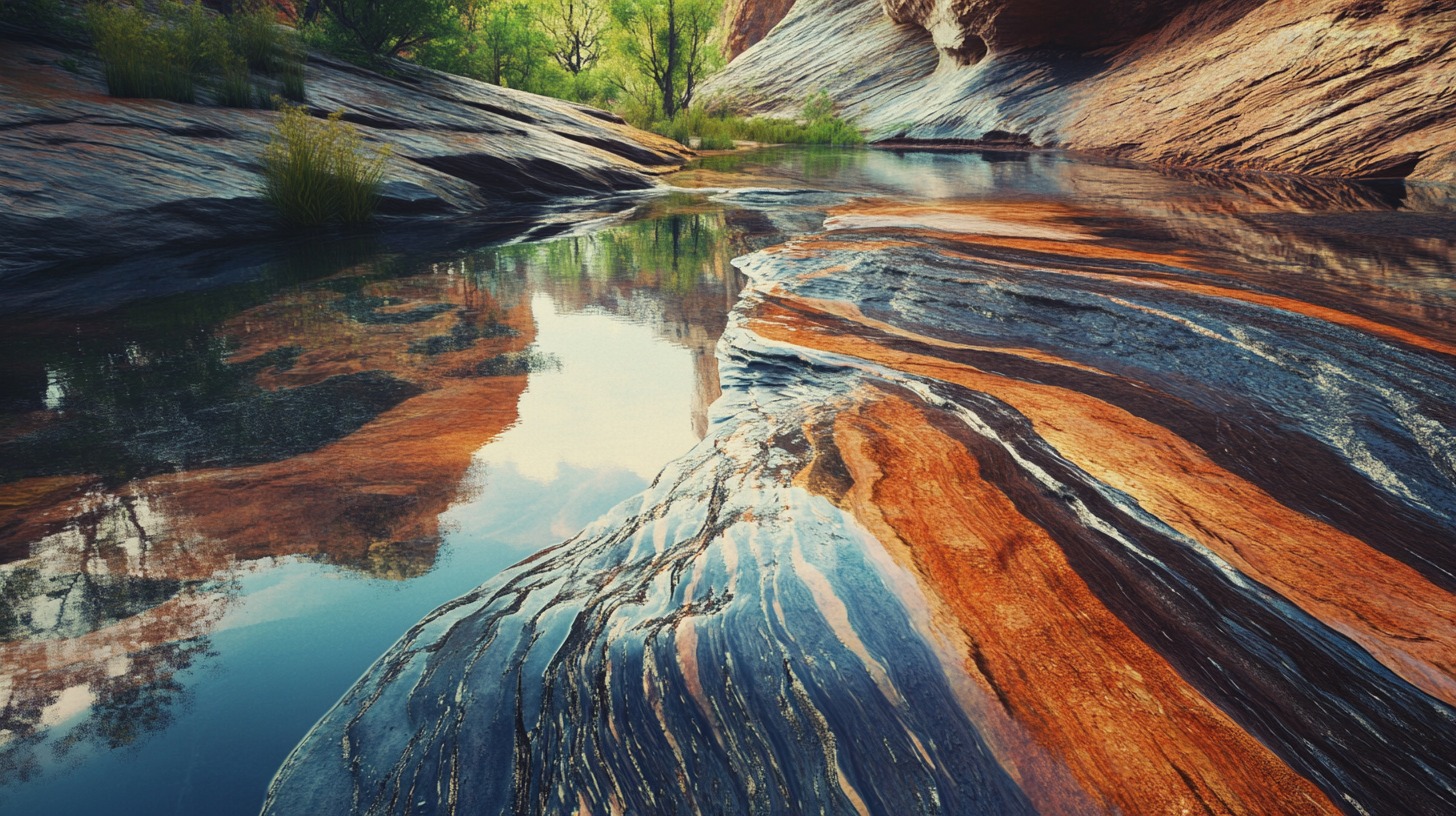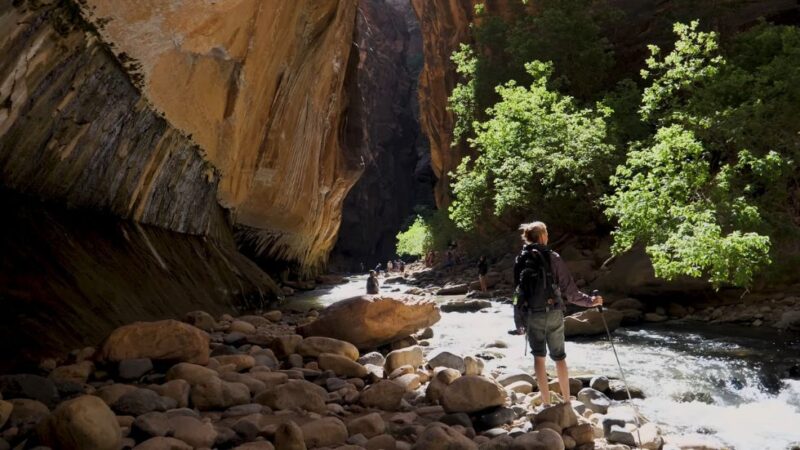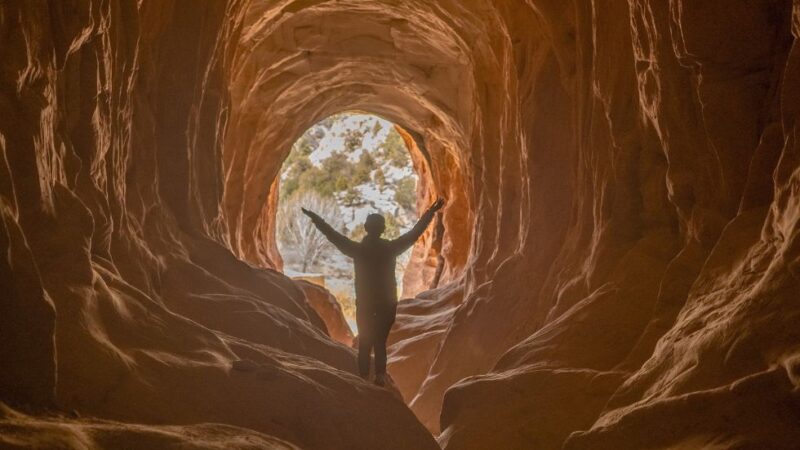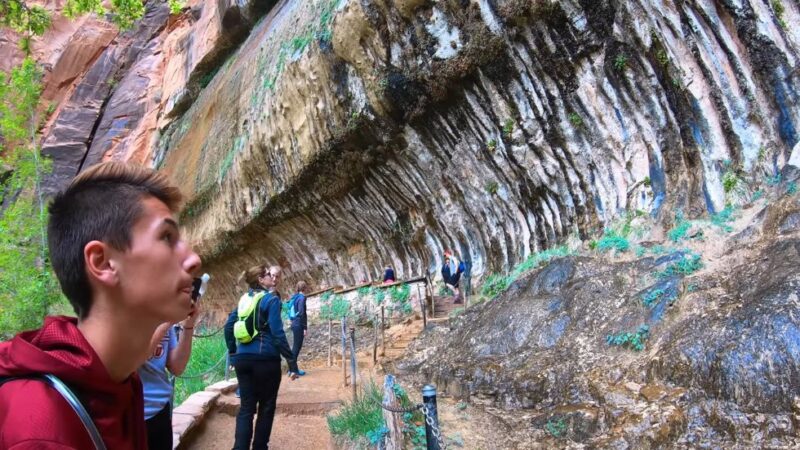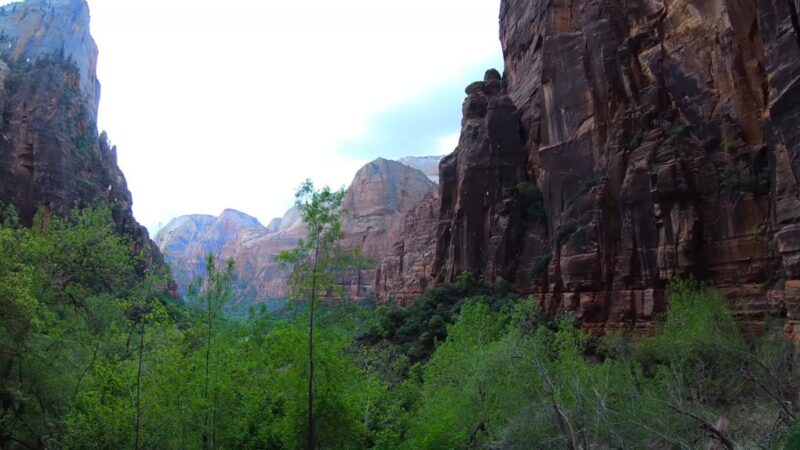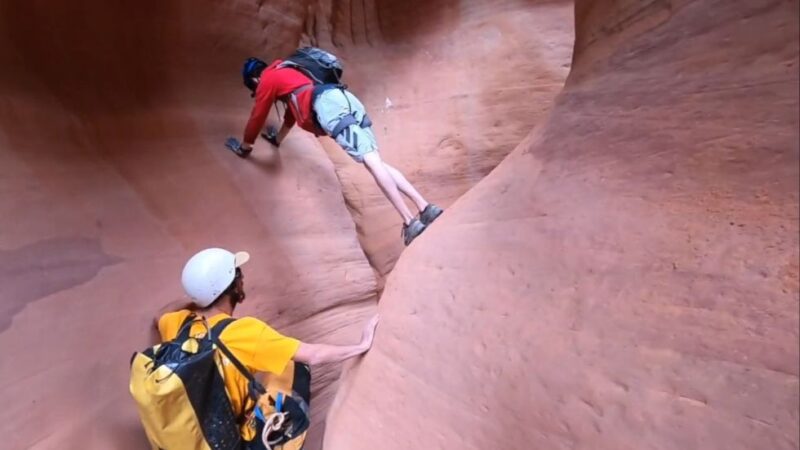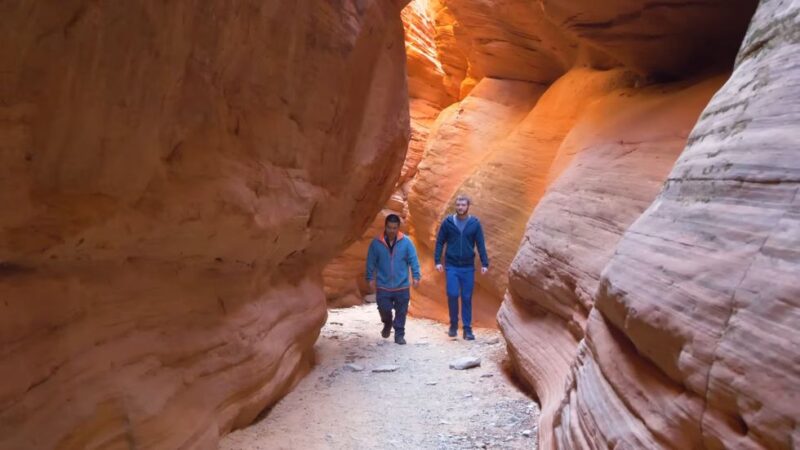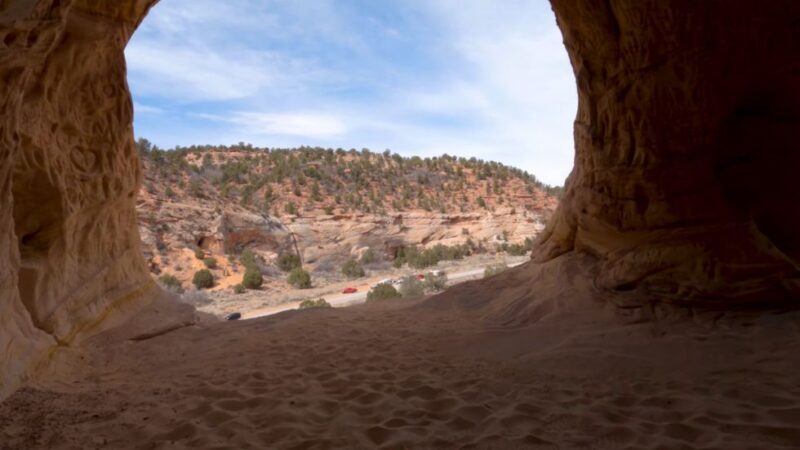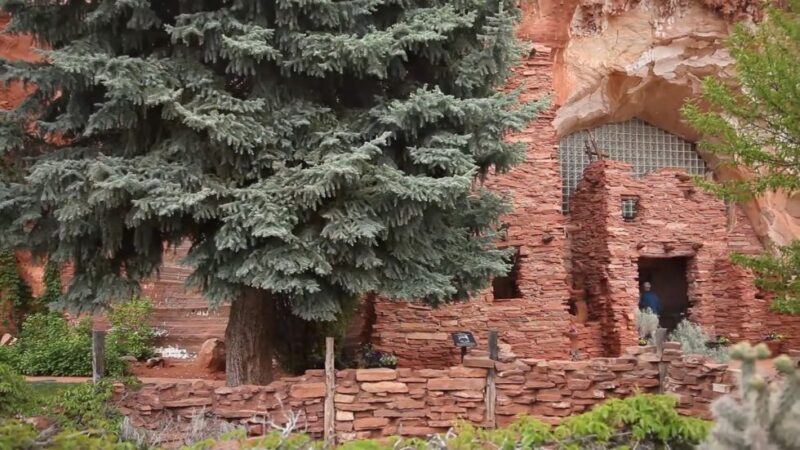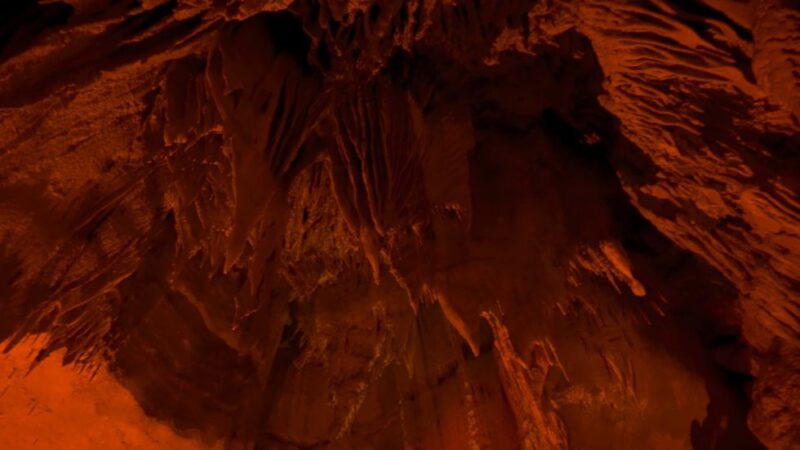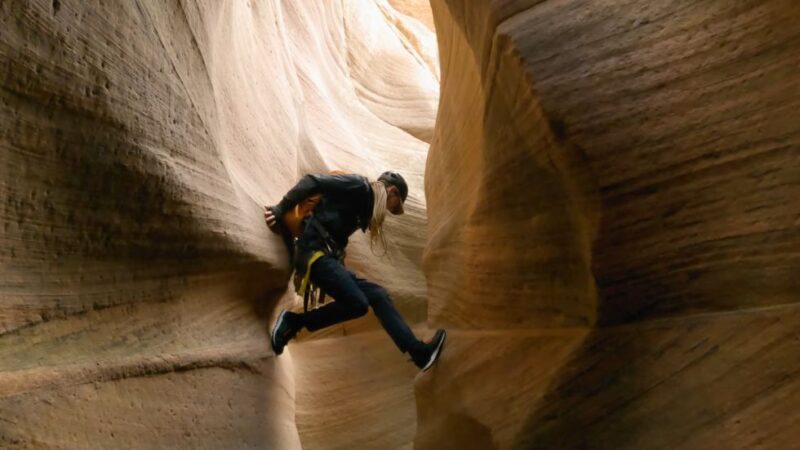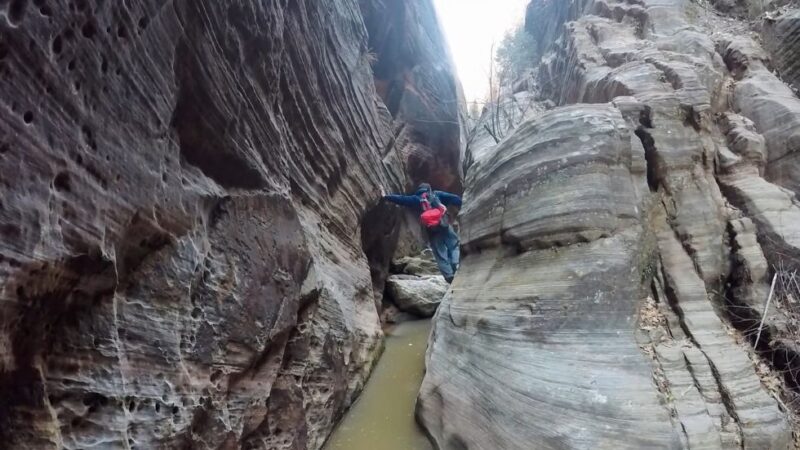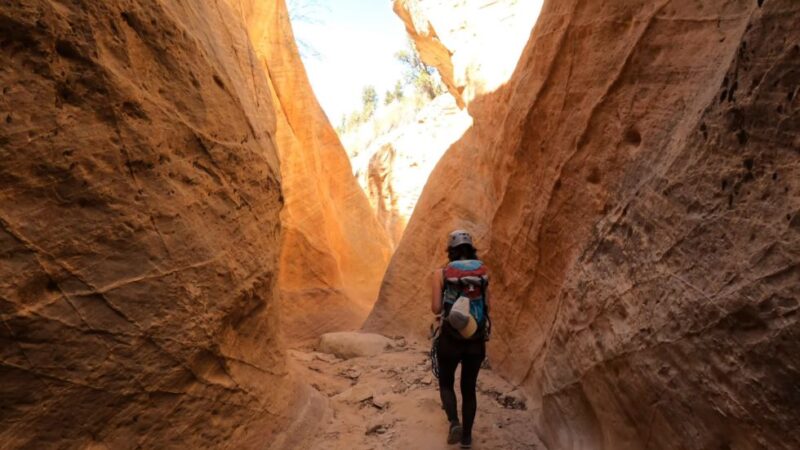Zion has caves that feel different from the busy trails and crowded lookouts. Step inside one and the air cools, sounds echo, and the light fades until you see the park in a whole new way. Some caves are shallow spots carved into rock. Others go deeper and open into hidden rooms. None of them is marked or polished. They are raw and untouched, and that is what makes them worth the effort.
Some are tucked away in towering cliffs, while others require a bit of effort to reach, rewarding those who seek them out with stunning natural formations and a sense of solitude. It really is something you need to visit if you’re in this part of the US.
I’ve always been fascinated by these spaces, carved over thousands of years, and shaped by wind, water, and time. Some hold fascinating geological features, while others serve as quiet retreats away from the more crowded areas of the park.
Before heading out, it’s important to know what to expect. Some caves are accessible with a short hike, while others demand scrambling over rocks or squeezing through narrow passages.
1. Mammoth Cave (Highly Recommended to All Visitors)
Mammoth Cave is the longest lava tube in Utah, stretching over 2,100 feet and offering a variety of passages to navigate. With its spacious chambers and multiple access points, the cave provides an exciting challenge for those looking to experience a raw, underground environment.
The rocky terrain and occasional low ceilings make a helmet and headlamp essential for a safe visit.
- Distance: 5 miles
- Duration: 1 hour 30 minutes
- Difficulty: Moderate
- Special Gear: Helmet and headlamp
Both cave entrances sit close to the parking area, each leading to its own route through the lava tube. Inside, the largest chamber draws most visitors, with enough open space to pause, look around, and get a sense of the power that shaped the rock.
The air cools quickly once you step inside, so packing an extra layer helps keep the experience more comfortable.
Mammoth Cave stands out for anyone who wants a real taste of caving. Wide passages shift into narrow corridors, giving a mix of easy stretches and short climbs that keep the route interesting.
Crowds are lighter here compared to the main sights in Zion National Park, making it a solid choice for those who want some adventure without feeling surrounded by people.
2. Upper Red Cave (Not Advised for Beginners)
Upper Red Cave offers a dramatic slot canyon experience, but reaching it is no easy feat. Located east of Mount Carmel, this cave requires navigating steep terrain, unpredictable conditions, and technical challenges that even experienced hikers find demanding.
Unlike more accessible areas, this one comes with a higher level of risk, making it an option that most visitors should reconsider.
- Location: East of Mount Carmel
- Difficulty: High
- Special Gear: Not specified, but additional equipment may be beneficial for experienced hikers
Getting to the entrance means working your way through rough ground where flash floods, loose rock, and tight passages make progress tough.
The canyon rewards the effort with towering walls that change color as the light moves across them, but the trip in and the climb back out both demand real energy and focus.
Anyone taking on the route needs solid backcountry experience, sharp attention to weather, and the stamina to handle steep, uneven terrain.
Slippery surfaces, sudden climbs, and stretches that demand precise footing leave little room for error, which makes the area one of the more challenging spots to reach.
3. Birch Hollow Slot Canyon (Not Advised for Beginners)
View this post on Instagram
Birch Hollow Slot Canyon is a technical route that demands skill, preparation, and proper equipment.
Nestled within the Grand Staircase-Escalante National Monument, this canyon presents an exciting challenge with its steep descents, tight sandstone walls, and stretches of ankle-deep water.
It attracts experienced canyoneers who thrive on rappelling and navigating rugged terrain, but it is far from an ideal choice for those without the necessary skills.
- Distance: 2 miles through the slot canyon, with exit options extending to 3.5 miles at Orderville Canyon or 9 miles to the Temple of Sinawava.
- Duration: 3-5 hours
- Difficulty: Tough
- Special Gear: Ropes for rappelling, helmets, and climbing harnesses
The route features several rappel drops, with some sections stretching over 100 feet, demanding both skill and confidence with rope work. Narrow passages and loose rock add another layer of difficulty, raising the risk for anyone lacking proper preparation.
Flash floods pose a major danger here, since the tight walls of the canyon leave little chance to escape during sudden storms.
Birch Hollow delivers a serious challenge for seasoned canyoneers, but it can be unforgiving for anyone without the right background and training.
Those planning to take it on should move with a capable group, carry proper gear, check the forecast with care, and know the techniques needed before starting the descent.
4. Moqui Cave (A Must-Visit)
View this post on Instagram
Moqui Cave, also known as the Kanab Sand Cave, offers an incredible mix of history, geology, and adventure. Located just five miles outside of Kanab, this sandstone wonder sits conveniently along the main highway leading to Bryce Canyon and Zion National Park.
Despite its proximity to well-traveled roads, it retains an air of seclusion, giving visitors a chance to experience something extraordinary without the usual crowds.
- Distance: 1.2 miles
- Duration: Approximately 45 minutes
- Difficulty: Easy
The hike is short and fairly easy, but reaching the cave involves a semi-steep climb where loose sand and rock make solid footwear a must.
Inside, the mood changes right away. Sunlight falls across the sandstone and lights up the walls, leaving the deeper corners in shadow and creating a sharp, colorful contrast.
Early morning and late afternoon bring the best light, giving the cave a glow that makes the visit more rewarding. Carrying water and a snack helps, since the trail offers little shade and the heat builds fast during warmer months.
Moqui Cave is also a dream spot for photography. The smooth, curved walls frame the desert sky in a way that turns almost every angle into a natural shot.
5. Peekaboo Slot Canyon (Highly Recommended)
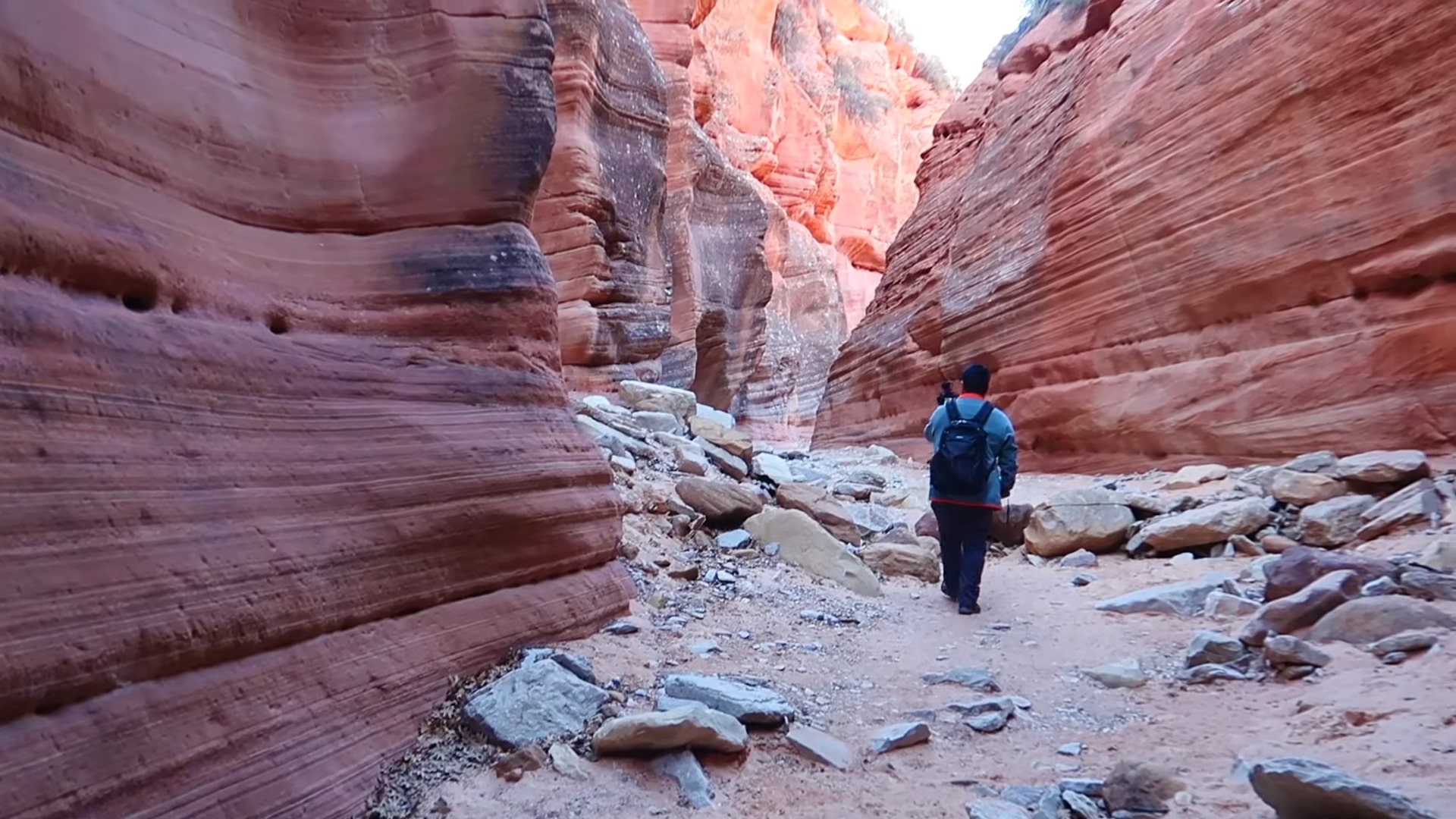
Peekaboo Slot Canyon, located near the town of Kanab, offers a quieter alternative to some of the more heavily visited slot canyons in the region.
The towering red rock walls create a stunning contrast against the desert sky, and the narrow passageways wind through smooth sandstone, giving hikers a sense of adventure without requiring technical climbing skills.
- Distance: 5.9 miles from the trailhead
- Duration: Approximately 3 hours
- Difficulty: Moderate
Peekaboo Slot Canyon stands out as one of the easier canyons to explore, since ropes or advanced climbing are not required. The approach begins with a sandy wash that leads into the narrow sections, where tall walls close in and create a dramatic setting on both sides.
Sunlight slips through the gaps above, changing angles through the day and leaving shifting patterns across the sandstone.
Because it is less known than the more popular canyons in the region, the trail offers a quieter experience. Visitors can slow down, take in the shapes and textures of the rock, and move at their own pace without the pressure of large crowds.
The route itself is clear, though stretches of loose sand can drain energy faster than expected. Good footwear and a steady supply of water are must-haves for the trip.
For anyone seeking solitude paired with classic desert scenery, Peekaboo delivers the full slot canyon experience in a calm and rewarding way.
6. Belly of the Dragon (Highly Recommended)
A short drive away from Zion National Park, Belly of the Dragon offers an exciting hiking experience with a distinct atmosphere. Originally carved as a water drainage tunnel beneath Highway 89, this passage has become a popular spot for those looking to explore something different.
Over time, erosion has shaped the tunnel’s walls, creating flowing patterns and textures that add to its visual appeal.
- Distance: Varies
- Duration: Under an hour
- Difficulty: Easy
Belly of the Dragon is a short, easy hike that works well for families and casual visitors. The tunnel twists and bends with smooth curves and shadowed corners, giving the walk a playful yet slightly mysterious feel. Since parts of the passage stay dark, carrying a flashlight makes the route safer and more enjoyable.
Inside, the air cools and shade replaces the desert sun, which makes the spot especially appealing during the hotter months. The hike itself is not long or demanding, though uneven ground in a few sections means sturdy shoes are a smart choice.
Small obstacles may call for a quick step or climb, but overall, the trail is welcoming for all skill levels.
For photography, Belly of the Dragon offers a unique atmosphere. The carved walls, shifting light, and sense of quiet isolation combine into a scene that feels distinct from the busy areas deeper inside Zion National Park.
7. The Narrows (Highly Recommended)
Big news for national park fans: Iconic #ZionNationalPark hike, the Narrows Trail, is now permanently and completely public! So proud to support @tpl_org in their work to make the outdoors accessible for us all! #zionnarrows https://t.co/Q898sIDRmB
— AllTrails (@AllTrails) December 18, 2019
The Narrows is one of the most famous and demanding hikes in Zion National Park, offering an unforgettable experience of trekking through water while surrounded by towering canyon walls.
Unlike traditional trails, this route takes hikers directly through the Virgin River, requiring balance, endurance, and a willingness to get wet.
Starting at the Temple of Sinawava, the hike extends up to 16 miles, with sections where water can reach waist level. The sheer rock faces on either side rise dramatically, creating an enclosed and awe-inspiring environment.
Since much of the trek involves wading through the river, proper footwear and preparation are essential.
- Distance: Up to 16 miles
- Duration: Approximately 7 hours 30 minutes
- Difficulty: Tough
- Special Gear: Sturdy, water-resistant shoes and a walking stick for stability
The Narrows is best explored in mid-summer through early fall, when the Virgin River runs lower and conditions become easier to manage. Flash floods remain a serious risk, so checking weather reports and park alerts before starting is absolutely necessary.
The hike calls for steady effort, but it also delivers unmatched scenery that makes every step worthwhile. Walking through the river itself requires patience and care, as the current and slippery rocks can slow progress, but the reward comes with each new bend in the canyon.
8. Weeping Rock (Highly Recommended)
Weeping Rock offers a short yet memorable hike that leads to a beautiful rock alcove where water continuously seeps through the sandstone. Over time, this process has nourished a thriving patch of greenery, creating a striking contrast against the rugged red rock surroundings.
The trail is just 0.4 miles round trip, making it an excellent choice for families, beginners, or anyone looking for a brief but rewarding walk.
- Distance: 0.4 miles round trip
- Duration: Approximately 30 minutes
- Difficulty: Easy
The trail to Weeping Rock is short, but it offers a cool and refreshing stop, especially on hot days. Water seeps from the sandstone above, creating a constant mist that drops the temperature and makes the alcove feel calm and sheltered. Ferns, moss, and other plants cling to the damp rock, giving the area the look of a hidden garden tucked into the cliffs.
Standing under the overhang, you can watch droplets slowly forming and falling, each one shaped by rainwater filtering through the rock over countless years.
That steady drip is what gives Weeping Rock its name and its quiet charm. It is a simple stop, yet it feels like one of the most peaceful corners in Zion, perfect for catching your breath and enjoying the park at a slower pace.
9. Hidden Canyon (Not Advised for Beginners)
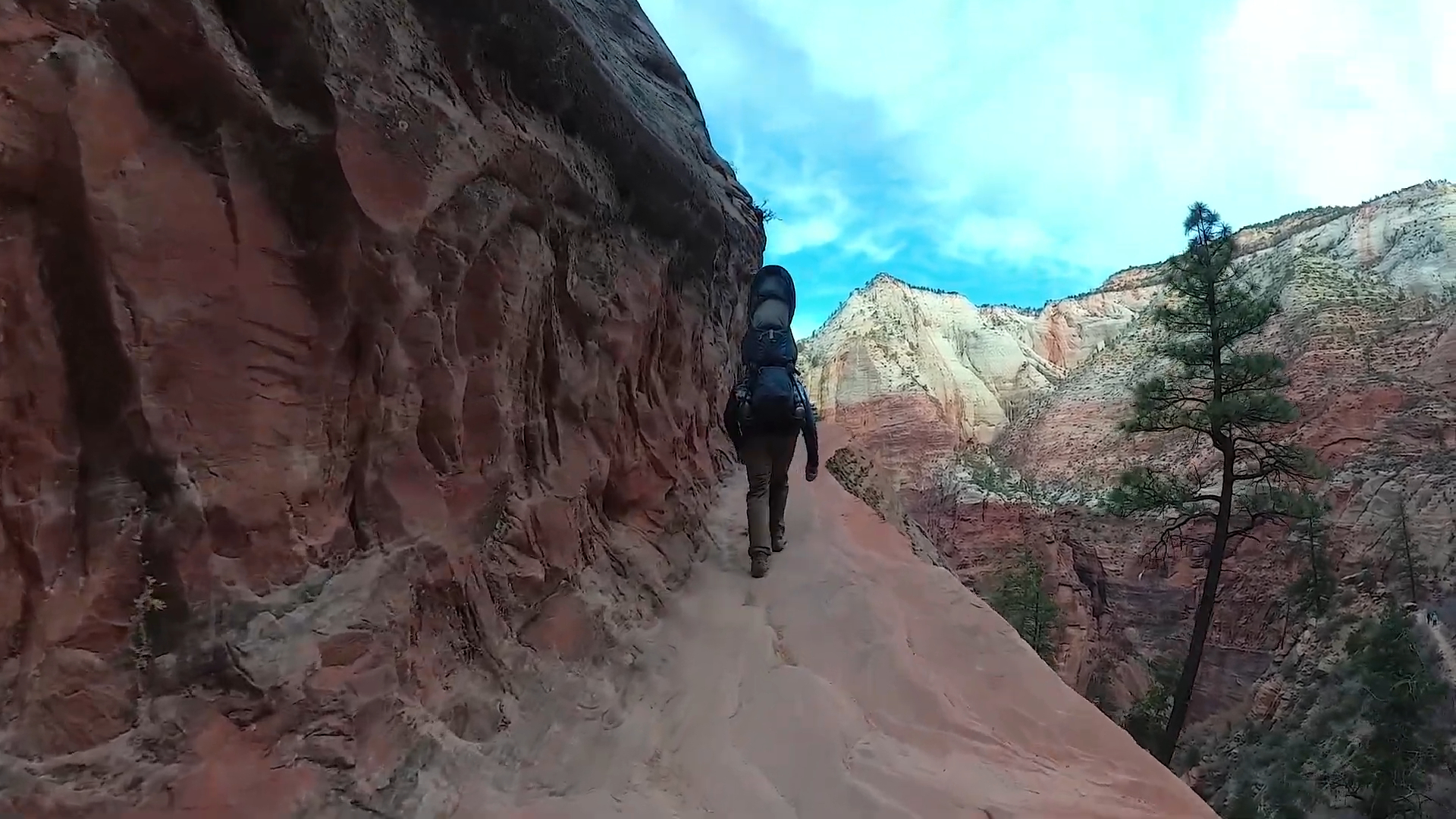
Hidden Canyon is one of the more demanding trails in Zion, with sections that test both strength and nerves. The route hugs the side of tall cliffs, where steep drop-offs create little margin for mistake and keep the hike intense from the start.
Chains fixed into the rock give support through the hardest stretches, though anyone uncomfortable with heights will likely find the exposure difficult to handle. Narrow ledges, sharp climbs, and constant elevation shifts require focus, balance, and the confidence to move carefully along every step of the path.
- Distance: 3 miles round trip
- Duration: 2-3 hours
- Difficulty: High
- Special Gear: Sturdy footwear, plenty of water, and a sense of adventure
Because of the demanding terrain, this route does not suit beginners or those looking for an easy outing. Success on the trail depends on preparation, steady focus, and a clear sense of personal limits to keep the journey both safe and enjoyable.
10. Keyhole Canyon (Highly Recommended)
View this post on Instagram
Keyhole Canyon delivers an intense adventure filled with technical challenges. The route is short, but it demands far more than walking a trail. Rappelling down vertical drops, swimming through cold pools, and squeezing through tight passages all come into play, set in a rugged slot near Zion National Park.
The length may look easy at first glance, yet the physical effort and skill involved make it a serious undertaking. Keyhole is best suited for seasoned canyoners or for groups moving under the guidance of experienced professionals.
- Distance: 2.5 miles round trip
- Duration: 3-4 hours
- Difficulty: Tough
- Special Gear: Rappelling gear, wetsuit, helmet, and headlamp
Keyhole Canyon wastes no time in showing its difficulty. The path quickly narrows into twisting stone corridors where footing is uneven and the next step often leads straight into cold water. Pools collect in shaded recesses, and depending on recent storms, the depth can range from waist-high to a full swim.
Cold is constant here, and without a wetsuit, the chill can cut through fast. The combination of low light and icy water makes each move more demanding, keeping even experienced canyoners alert.
Several rappels break up the route, each one set in tight spaces that test rope skills and composure. The final stretch funnels into a sequence of basins where progress is only possible by plunging in and pushing forward.
Summary
The caves of Zion National Park reveal a side of the landscape that many visitors overlook. Some are calm hideaways that offer shade and stillness, while others demand effort, skill, and nerve to reach. Each cave reflects the slow work of water and stone, carrying the history of the canyon in its walls.
Success in exploring them comes down to preparation. Solid gear, knowledge of the routes, and respect for park rules all play a part in keeping the experience safe and meaningful.
By approaching the caves with care, visitors not only protect themselves but also help preserve these rare places for those who come after.

